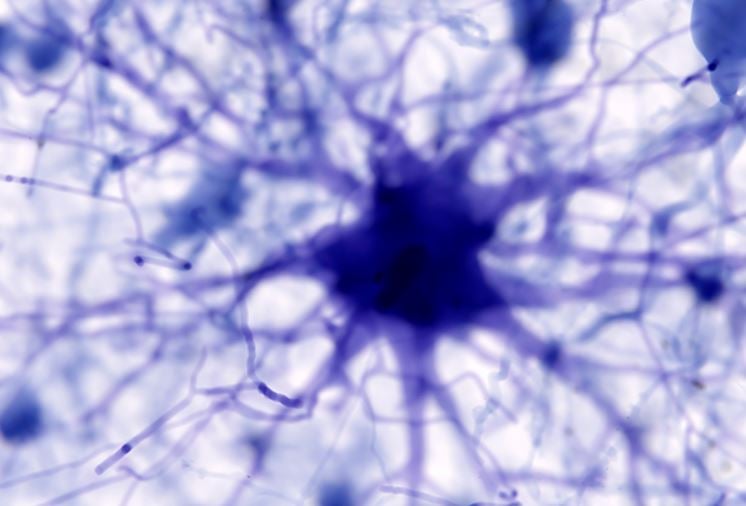Artificial intelligence (AI), a technology that is now used in everything from composing poetry to recognizing complex patterns, has played a key role in a major study of Alzheimer’s disease. The work, by scientists at the University of California, San Diego (UC San Diego), used AI to identify a gene that is not only a marker for the disease, but also a direct cause.
The focus of the study was an enzyme called phosphoglycerate dehydrogenase (PHGDH) and the gene that codes for it. Researchers have previously found that PHGDH is more active in people with rapidly progressing Alzheimer's disease. However, the link between PHGDH and Alzheimer's has not been clear.
Using AI to model the three-dimensional structure of the PHGDH enzyme, the team discovered a previously hidden function of the enzyme: the ability to turn specific genes on and off. Further analysis revealed that PHGDH can interact with two genes in astrocytes – a type of brain cell responsible for regulating inflammation and removing waste. This interference is thought to be one of the key mechanisms in Alzheimer’s disease, explaining the link between PHGDH and the disease.
Brain cells called astrocytes may be one of the keys to Alzheimer's disease. Photo: Getty
“This really requires modern AI to build a precise three-dimensional structure to be able to make this discovery ,” said bioengineer Sheng Zhong of UC San Diego.
The next step was to find a way to partially inhibit PHGDH’s activity—specifically, to block its ability to regulate genes in astrocytes while still maintaining its essential enzymatic function. The team identified a molecule called NCT-503 that fit the criteria. AI was used to model the interaction between this molecule and PHGDH, showing that NCT-503 binds to a “pocket” in PHGDH that prevents unwanted gene switching.
Although it will take time to develop into a formal treatment, the study showed that NCT-503 can attenuate the damaging activity of PHGDH in mouse models of Alzheimer’s disease. Notably, mice treated with NCT-503 showed marked improvements in memory tests and reduced anxiety.
“There is now a therapeutic candidate that has been shown to be effective and has the potential to be further developed into clinical trials,” Zhong said. “There may be entirely new classes of small molecules that could potentially be used to develop into treatments in the future.”
Importantly, NCT-503 can cross the blood-brain barrier to directly reach neurons and related cells – a key factor that makes this approach even more promising. Drugs based on this molecule could even be formulated as an oral medication.
While there are many complex factors involved in the development of Alzheimer's disease – from genetics to environment – each new study like this one contributes to narrowing the gap to more effective treatments.
“Unfortunately, the current treatment options for Alzheimer’s disease are very limited,” Zhong said. “And the current treatment response is not very exciting.”
The study was published in the journal Cell.
Bao Ngoc (t/h)
Source: https://doanhnghiepvn.vn/cong-nghe/ai-phat-hien-ra-nguyen-nhan-gay-benh-alzheimer-va-co-the-tim-ra-phuong-phap-dieu-tri/20250520101116480
























![[Photo] National Assembly Chairman Tran Thanh Man visits Vietnamese Heroic Mother Ta Thi Tran](https://vphoto.vietnam.vn/thumb/1200x675/vietnam/resource/IMAGE/2025/7/20/765c0bd057dd44ad83ab89fe0255b783)










































































Comment (0)